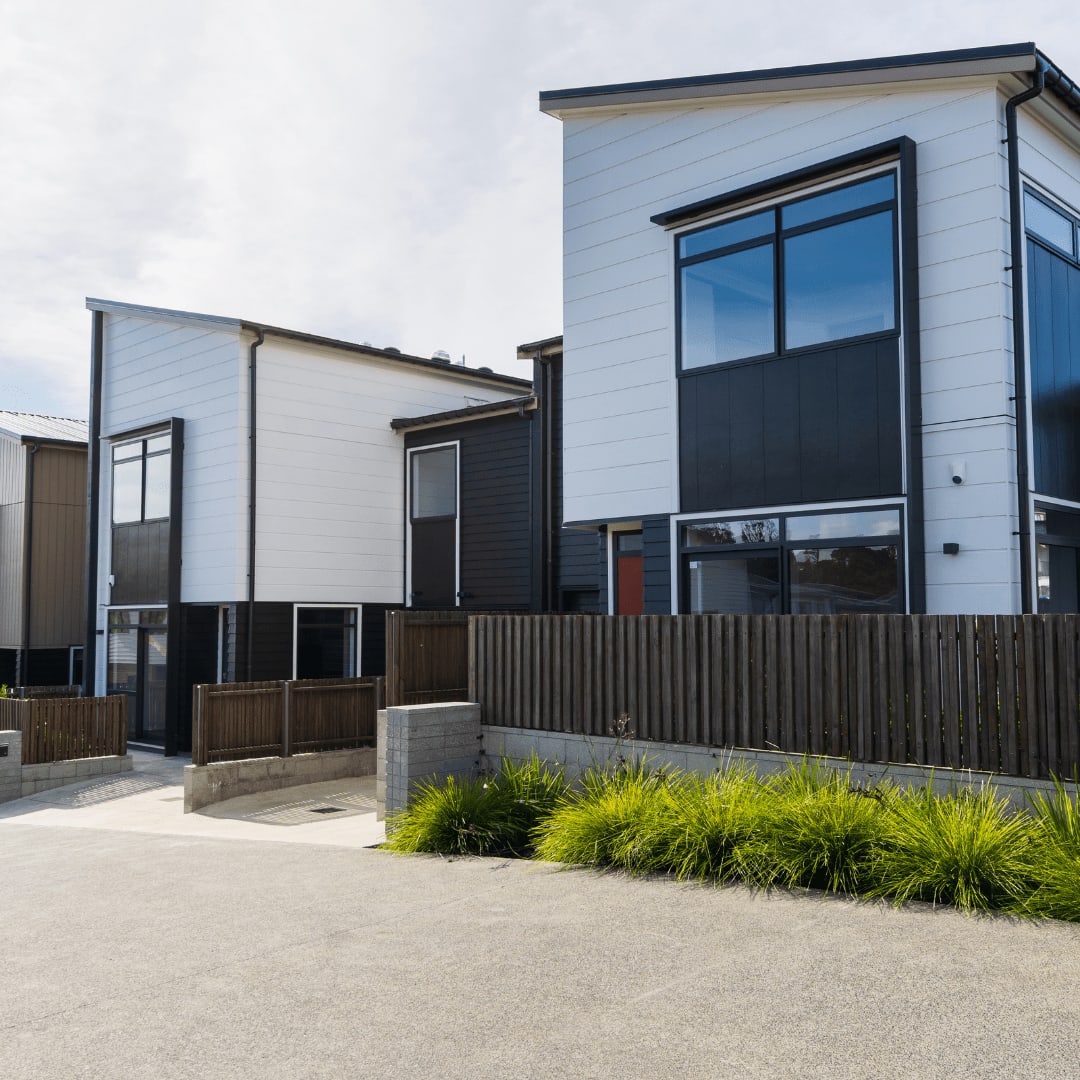Real estate investing involves purchasing, owning, managing, renting, or selling properties for financial gain. It has long been recognized as a profitable and relatively stable investment avenue, offering both short-term cash flow and long-term appreciation potential. While real estate opportunities exist throughout the United States, focusing on specific regions can provide unique advantages. Regional real estate investing allows investors to capitalize on local market conditions, economic trends, and demographic shifts, resulting in optimized investment strategies. This blog series aims to delve into the concept of regional real estate investing and shed light on popular regions that offer promising investment opportunities.
Understanding Regional Real Estate Investing
By concentrating on a particular region, investors can gain a deep understanding of local market dynamics, allowing for more informed investment decisions. Specializing in a specific region enables investors to develop expertise in local regulations, market trends, and property values, enhancing their ability to identify lucrative opportunities. Investing in multiple properties across different regions can help decrease risk and reduce the impact of localized market fluctuations. With that in mind, there are multiple factors that investors need to consider when selecting a region to invest in.
Economic growth and stability:
Analyzing a region's economic indicators, such as job growth, GDP growth, and industry diversity, helps identify areas with strong economic fundamentals conducive to real estate investment.
Population trends and demographics:
Understanding population growth rates, age demographics, migration patterns, and lifestyle preferences helps gauge demand for housing and rental properties, influencing investment potential.
Infrastructure and transportation:
Assessing the quality of infrastructure, transportation networks, and proximity to amenities and services is crucial in determining a region's appeal to both residents and potential tenants.
Local regulations and policies:
Examining zoning laws, rental regulations, tax incentives, and government policies affecting real estate can help predict the ease of conducting business and the profitability of investments.
Real estate market conditions and trends:
Studying market trends, inventory levels, property values, rental yields, and historical performance provides insights into the current state and prospects of the real estate market in a given region.
Popular Regions for Real Estate Investment in the United States
The Northeast region, comprising states such as New York, Massachusetts, and Pennsylvania, offers a diverse range of investment opportunities. Cities like New York City and Boston are known for their thriving real estate markets, driven by robust economies, strong rental demand, and cultural attractions.
The Southeast region, encompassing states like Florida, Georgia, and North Carolina, attracts investors with its warm climate, growing population, and favorable business environments. Cities like Miami, Atlanta, and Charlotte have experienced significant economic growth and offer a variety of real estate options, including residential, commercial, and vacation properties.
The Midwest region, including states like Illinois, Ohio, and Michigan, offers a mix of urban and suburban investment opportunities. Cities such as Chicago, Columbus, and Detroit provide affordable real estate, strong rental markets, and potential for urban revitalization and redevelopment.
The Southwest region, comprising states like Texas, Arizona, and Nevada, appeals to investors with its favorable tax environments, job growth, and population influx. Cities like Austin, Phoenix, and Las Vegas offer a range of real estate options, including single-family homes, multifamily properties, and commercial developments.
Finally, the West Coast region, encompassing states like California, Oregon, and Washington, features some of the nation's most dynamic and competitive real estate markets. Cities like Los Angeles, San Francisco, and Seattle offer a blend of high-demand residential and commercial properties, driven by technology, entertainment, and innovation hubs.
Bottom Line
Regional real estate investing in the United States provides a strategic approach to capitalize on local market conditions and maximize investment returns. By considering factors such as economic stability, demographics, infrastructure, regulations, and market trends, investors can identify promising regions for their real estate endeavors. Whether it's the bustling Northeast, sunny Southeast, vibrant Midwest, thriving Southwest, or innovative West Coast, each region offers unique opportunities for those willing to explore and take advantage of the local real estate landscape. In the next blog in this series, we will highlight the best strategies for making a profitable regional investment, as well as the best ways to monitor and adapt to fluctuating market conditions across varied markets. Stay tuned!






